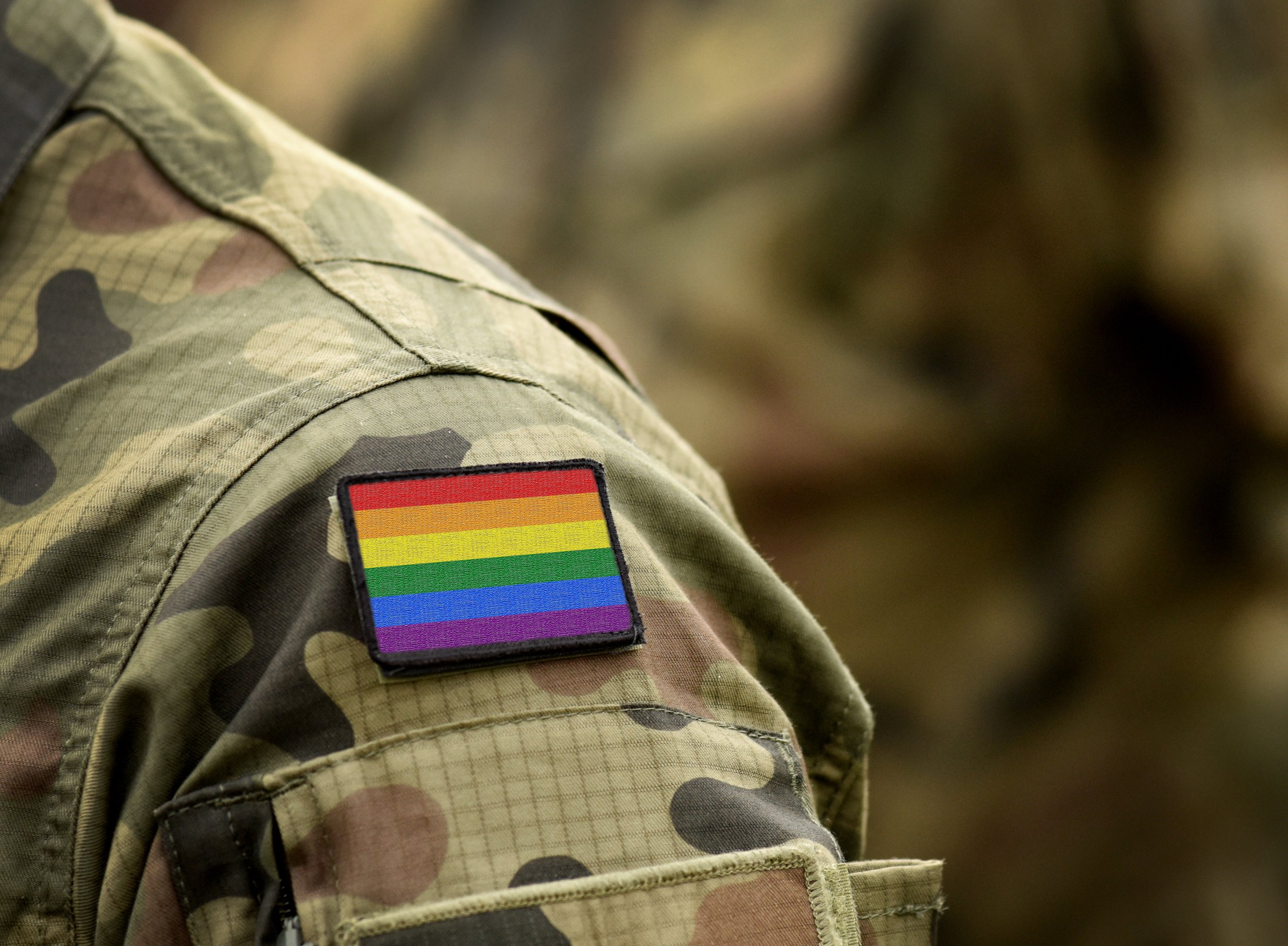LGBTQ+ US Military History
History reveals where we have walked and where we have yet to travel. LGBTQ+ people have stumbled over rocks and trudged through mud all while dodging tree branches that seemingly never fail to swing towards them. LGBTQ+ military folks in particular may be familiar with these kinds of struggles, not only from bootcamp, but by oppression from the military throughout history. With currently 6.1% or 1.3 million LGBTQ+ members serving in the military, various policies have impacted the environment for those serving.
Check out this timeline of LGBTQ+ US military history overview as we conclude LGBTQ+ History Month and approach Veterans Day this November.
1953
Executive Order 10450 implied the ban of LGBTQ+ people in the military by using the phrase “sexual perversion.” The phrase “sexual perversion” was used to describe those who were not allowed to be employed by the government which led to 7-10,000 lost jobs. The number of people released from service due to sexual orientation is unknown.
1982
A Department of Defense policy was enacted stating that “Homosexuality is incompatible with military service.” This policy prohibited service for those who “engages in, desires to engage in, or intends to engage in homosexual acts.” This was a more specific ban on LGB people most likely due to an increase in community awareness of the LGBTQ+ movement.
1993
The Don’t Ask Don’t Tell Policy was enacted which allowed gay, lesbian, and bisexual people from serving as long as their identity remained unrevealed. It is estimated that between 14,000-43,362 of gay, lesbian, and bisexual people were discharged from the military due to this policy. Factors such as fear, imbalance of power, retaliation, and trauma likely influenced this wider range.
2011
The Don’t Ask Don’t Tell Policy was repealed through former president Barack Obama. Gays, lesbians, and bisexuals were able to serve openly in the military. Although the repeal was a great start, there was still a lot of progress to be made with homophobia in the military. Watch how this policy impacted the LGB population.
2013
The Department of Defense implemented Survivor Benefit Coverage to same-sex spouses of military members and veterans. Official document explaining benefits can be found here.
2016
Transgender people are finally able to serve… well kind of. For all transgender people with no diagnosis of gender dysphoria, they were allowed to serve only in their sex assigned at birth. For current service members, they were only able to serve if fully transitioned. For new applicants with a diagnosis or history of gender dysphoria, or if they had a history of medical transition treatment, they were only allowed to serve if they had been transitioned for 18 months. The reasoning behind the specific rules involves physical transitioning may involve more extensive accommodations than the government was able to provide. For further clarification, see this chart. This content may contain culturally inappropriate language.
2018
Enacted by former President Trump, transgender people were banned from the military unless they were diagnosed with gender dysphoria before 2018 and/or willing to stay in their sex assigned at birth. This meant that anyone who was in transition, who had transitioned, or who was “unstable” in their sex assigned at birth could not be in the military. This ban impacted thousands of transgender people already in the military. Watch how the impending band impacted military members.
2021
The transgender ban was reversed by president Biden allowing transgender individuals and those with gender dysphoria to serve openly in the military. The following provisions were added:
The military provides a process for people to transition while serving
A service member may not be discharged due to gender identity
The military has a procedure for changing a service member’s gender marker
Veteran Healthcare Resources
How to add/change gender or name on va.gov
Veteran Sexual Health and Sexual Orientation
Veteran Health Care for Gay, Bisexual, and Queer Men
Veteran Health Care for Lesbian, Bisexual, and Queer Women
Veteran Health Care for Transgender and Transmasculine Men
Provider Resources for LGBTQ+ Veterans
Veterans Health Administration LGBTQ+ Training
CDC TRAIN: LGB Veteran Health Care
CDC TRAIN: Transgender: Older Transgender and Gender Diverse Veteran Care
CDC TRAIN: Transgender: Care for the Gender Nonbinary Veteran
CDC TRAIN: LGB Sexual Health Care for Genderqueer and Nonbinary Veterans
CDC TRAIN: Healthcare Concerns for Older LGB Veterans

